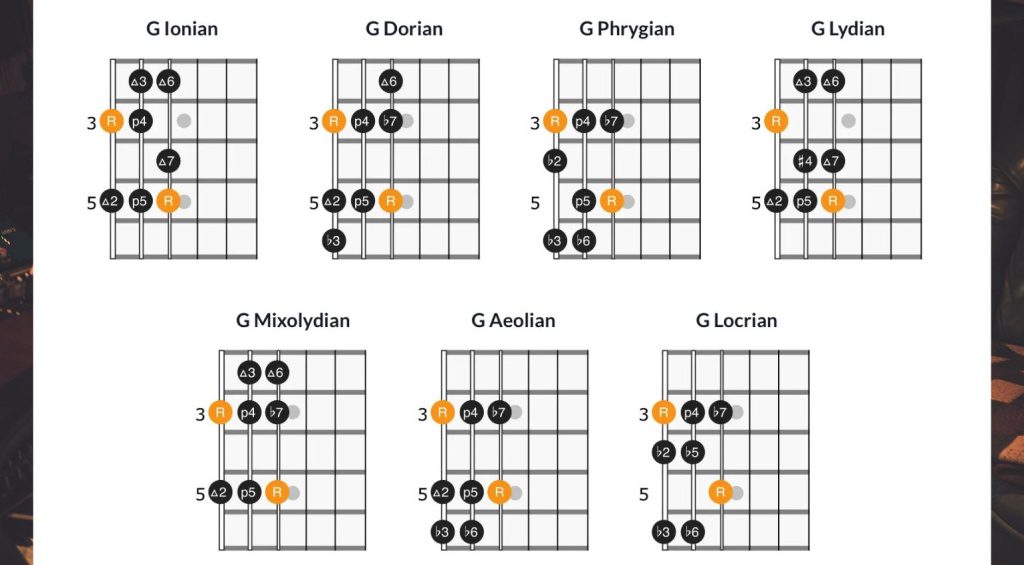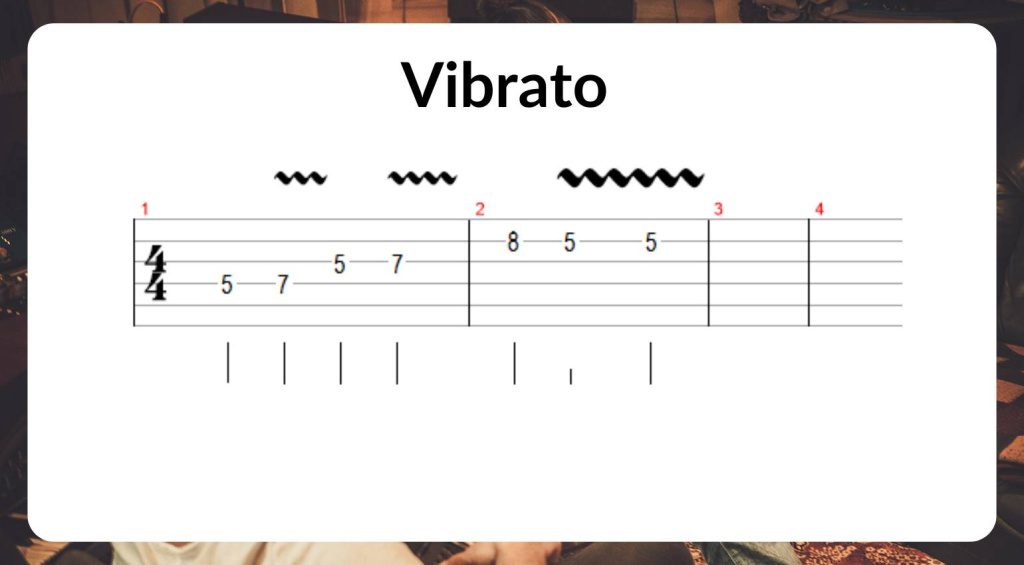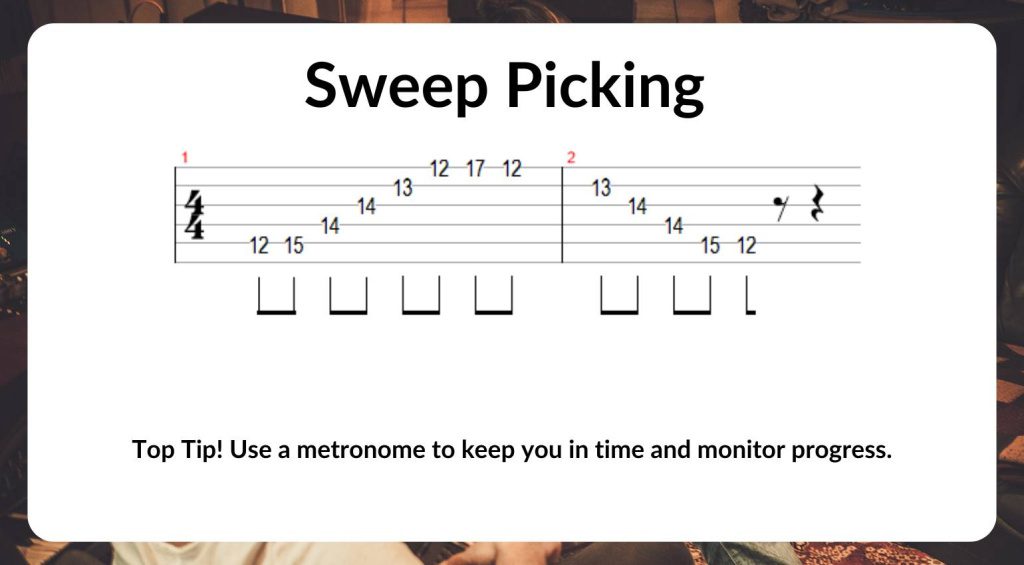Learning advanced guitar techniques doesn’t have to be as hard as it sounds. With various skills to add, let’s take a closer look at some of the most usable upgrades.
Advanced Guitar Techniques – What Do We Need to Know?
So, you think you’re ready to become an advanced guitarist? In reality, this isn’t as prestigious as it sounds.
There are loads of average ability guitarists that happen to be in the right place at the right time, and make a tonne of money from their playing. Moreover, there also some incredibly talented guitarists that remain undiscovered and pay their rent with various part time jobs.
Here, we’ll look at some techniques that you won’t come across as a beginner. These take time to master, and you’ll usually pick them up sooner or later anyway. So, let’s check out some advanced guitar techniques.
Modes
Our first look at advanced guitar techniques isn’t strictly a technique at all. Modes are more a package deal that you learn. But we can still learn from them.

What are modes? Modes are a series of scales that come from the major scale. We have various modes in music, such as the Mixolydian or Dorian modes. Overall, they offer unique sounds that really switch things up. Each mode provides a different mood or feeling for your playing.
Why are they considered as advanced? For most players, getting a grasp on the pentatonic scale is enough to keep them busy. Therefore, learning a further 7 scales on top can pose quite the challenge.
Vibrato
Next up, we’ve got an actual advanced guitar technique. Vibrato is a technique that I try and teach several times a week, with just a few students fully getting the hang of it.
What is vibrato? Vibrato is the rapid movement of a note. It’s the perfect accompaniment to any riff or solo, and just adds a degree of sophistication to your playing. The trick is not to alter the pitch of the note we’re adding vibrato to. Otherwise, it becomes a bend.
When displayed on a piece of TAB, we can see a wiggly line above the notes that we need to add the vibrato too. The intensity of the vibrato is dictated by the thickness of the line. Thinner line, less movement. Whereas a thicker line suggests that we need more from our fingers.

Harmonics
Thirdly, we’ve got a technique that is very hard to visualise with diagrams. Only our ears can tell us when this has been done correctly.
String harmonics, otherwise known as pinch harmonics are where we use the guitar’s natural harmonics to create high pitched overtones that wouldn’t have otherwise been heard. The best way to experiment initially is by subtly resting your finger over the 12th fret and strumming all six strings. You should hear a higher pitched version of the open strings.
Where things get more advanced, however, is where we add pinch harmonics into our normal playing. Personally, I like to do this my striking the string with my thumb as well as the pick. This creates a magical sound that benefits the heaviest of riffs. ‘No More Tears‘ by Ozzy Osborune has a mean pinch harmonic in the intro.
Appropriate Gear?
Harmonics should come naturally, but there are ways to assist this G.O.A.T of an advanced guitar technique. Ideally, you want a tonne of gain from your amp, along with a set of humbucking pickups to maximise the distortion. Moreover, a low action also helps. Here are some heavier pieces of gear from *Thomann that should help.
Palm Muting
Similarly, we’re going to look at palm muting. Personally, I’d view this to be one of the easier devices on this list of advanced techniques. Let’s see what you think.
Palm muting is a great way to vary the dynamics in your playing. By resting your strumming hand on the bridge, and using the flat side of your palm, we want to just hover above the strings. Not enough to cut the sound, but enough to mute the strings.
Combine this with some power chords, and you’ve got pretty much every metal song ever written. A class leading example is ‘Eye Of The Tiger‘ by Survivor. That palm muted C riff would sound horrible if it wasn’t palm muted!
Sweep Picking
Our final advanced guitar technique is something that I’ve been trying to perfect for years. Are you sitting comfortably? Well, here we go…
By definition, sweep picking is the sweeping motion of fast and fluid sounding notes on the guitar. In English, we’re playing almost as fast as our ears can perceive the notes. Instead of using alternate picking, we play all down picks when moving downwards, and up picks when going back up a series of notes.
Take a look at this TAB, it’s a great shape to start with when learning to sweep pick. Your fretting fingers want to roll over the strings as you work your way down the neck. Whereas in the picking hand, you’ll need to angle the pick so that the point is facing upwards.

Advanced Guitar Techniques: Easier than expected?
So, will these techniques help to elevate your solos? Will your band mates be blown away by your new skills? For now, take time to digest and practice some of these advanced guitar techniques.
Videos:
Further Information:
*This post contains affiliate links and/or widgets. When you buy a product via our affiliate partner, we receive a small commission that helps support what we do. Don’t worry, you pay the same price. Thanks for your support!






